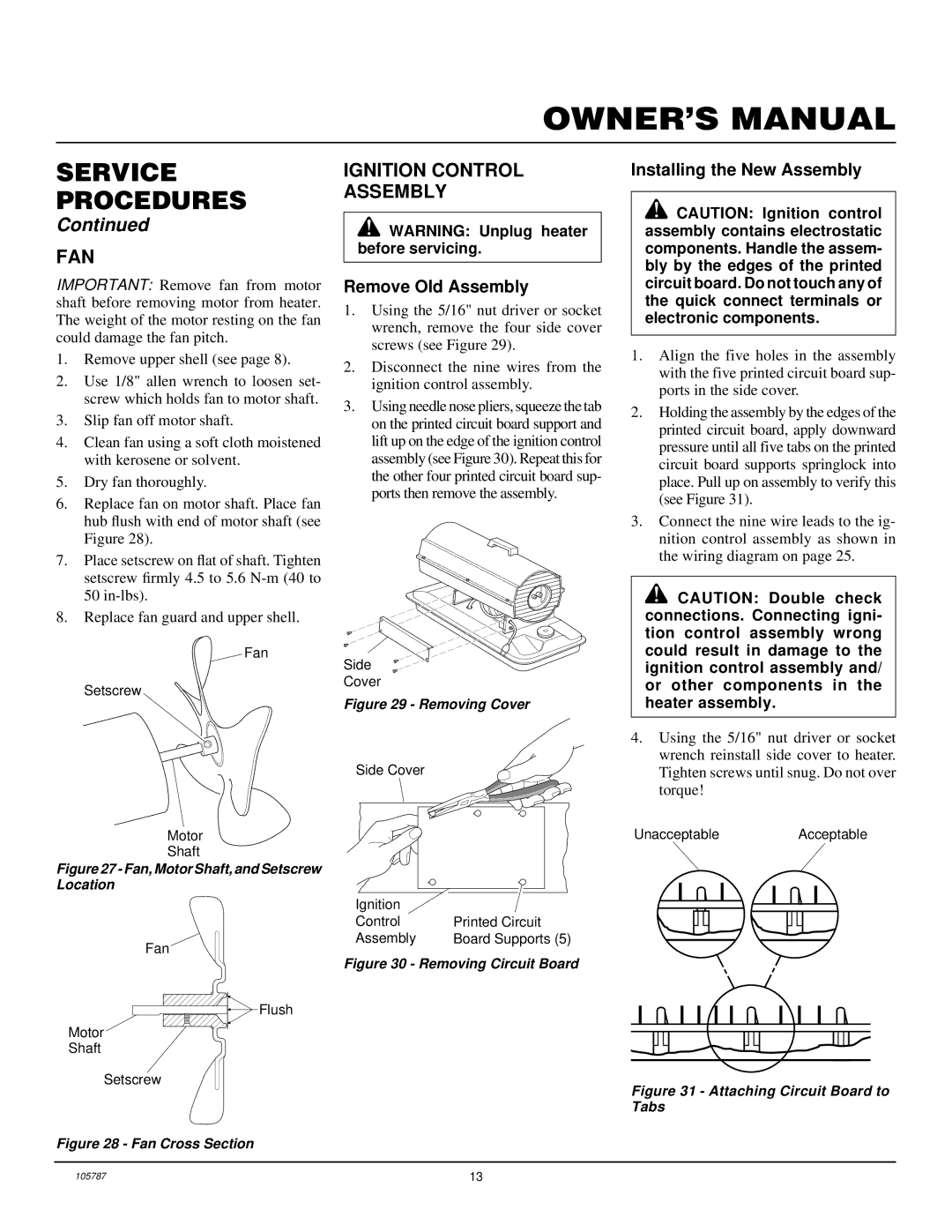NTH35-2, NTH70-2, NTH50-2, NTH100-2, NTH150-2 specifications
Desa NTH series includes advanced models like NTH150-2, NTH70-2, NTH50-2, NTH100-2, and NTH35-2. Each of these models is designed to cater to diverse needs in heating, ventilation, and air conditioning systems, ensuring optimal performance and energy efficiency.The NTH150-2 is a powerful unit boasting an output capacity of 150,000 BTU. It features a dual-stage heating system, allowing for rapid temperature changes while maintaining energy efficiency. This model is equipped with advanced sensor technology that automatically adjusts the heating output based on room conditions, creating a comfortable indoor environment. Additionally, its robust build ensures durability and longevity.
Next in line is the NTH70-2, a medium-capacity heater suitable for residential settings. This model focuses on user-friendliness with an intuitive digital control panel, offering precise temperature settings and timer functions. The NTH70-2 is also designed with an eco-mode feature, significantly reducing energy consumption while still delivering consistent heating performance.
The NTH50-2 is designed for smaller spaces, providing an output of 50,000 BTU. This model emphasizes portability with a compact design and lightweight construction. It includes safety features like overheat protection and automatic shut-off, making it an excellent choice for individual rooms or smaller apartments. Its noise-reduction technology also ensures quiet operation, enhancing user comfort.
The NTH100-2 strikes a balance between capacity and efficiency, making it a versatile option for various applications. This model incorporates modern inverter technology, enabling it to adjust its power usage based on demand. This results in lower energy bills without compromising the heating experience. The NTH100-2 is also equipped with Wi-Fi connectivity, allowing users to control their heating system remotely via a smartphone app.
Finally, the NTH35-2 serves as an energy-efficient solution for extremely small spaces or as a supplemental heating source. It features low-energy heating technology, which ensures that operational costs remain minimal. This unit is praised for its easy installation and maintenance, making it an ideal choice for those looking for practicality without sacrificing performance.
Overall, the Desa NTH series exemplifies a commitment to innovative heating solutions, blending advanced technology, user-friendly designs, and energy efficiency to meet a wide range of indoor climate needs.

